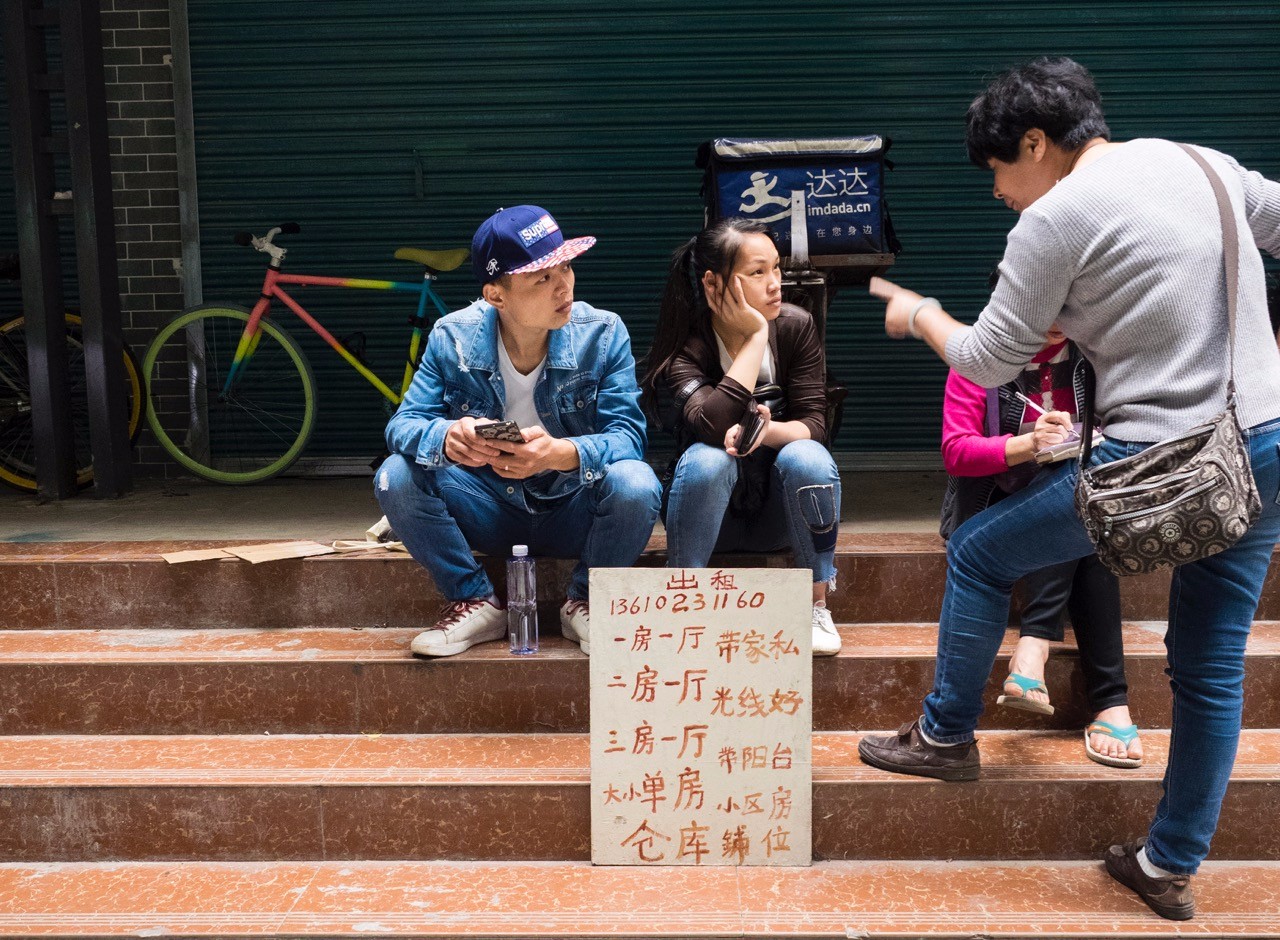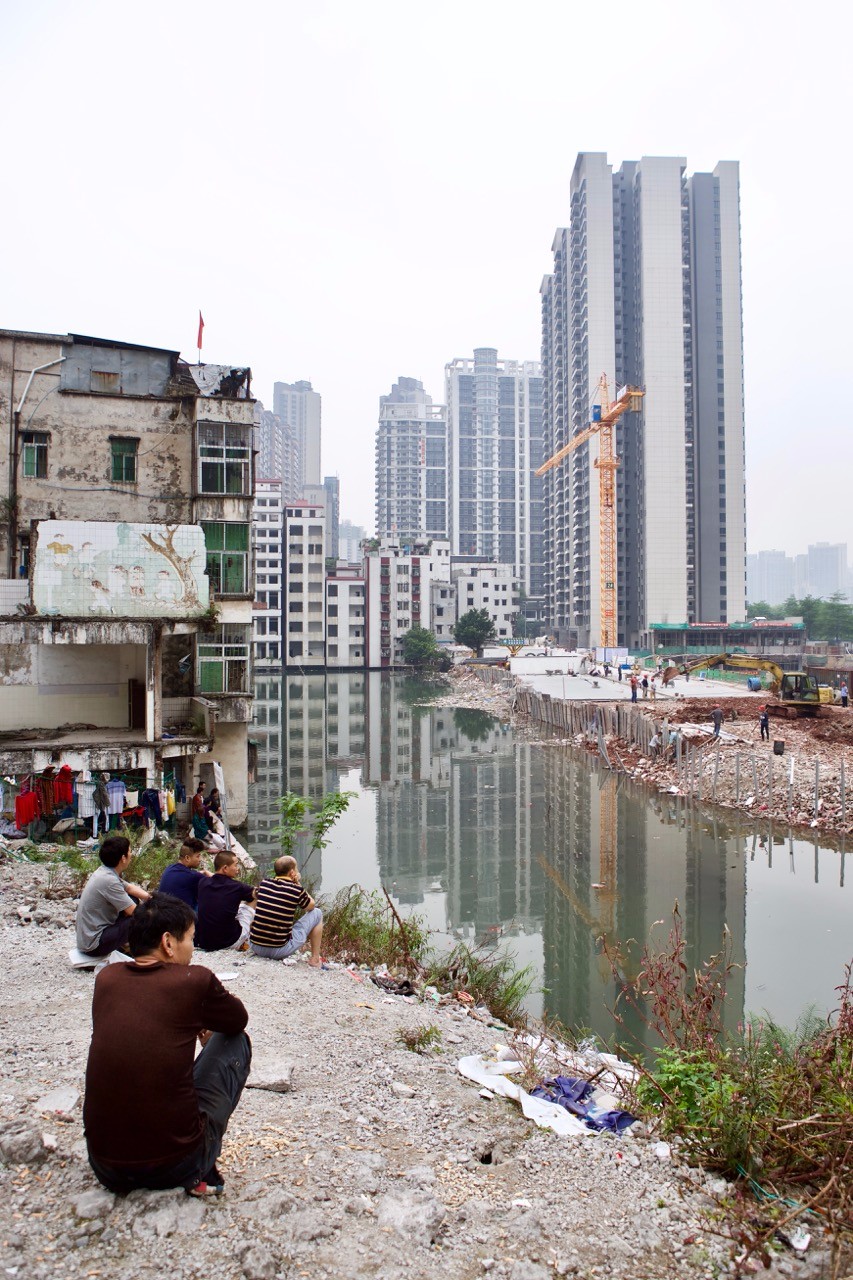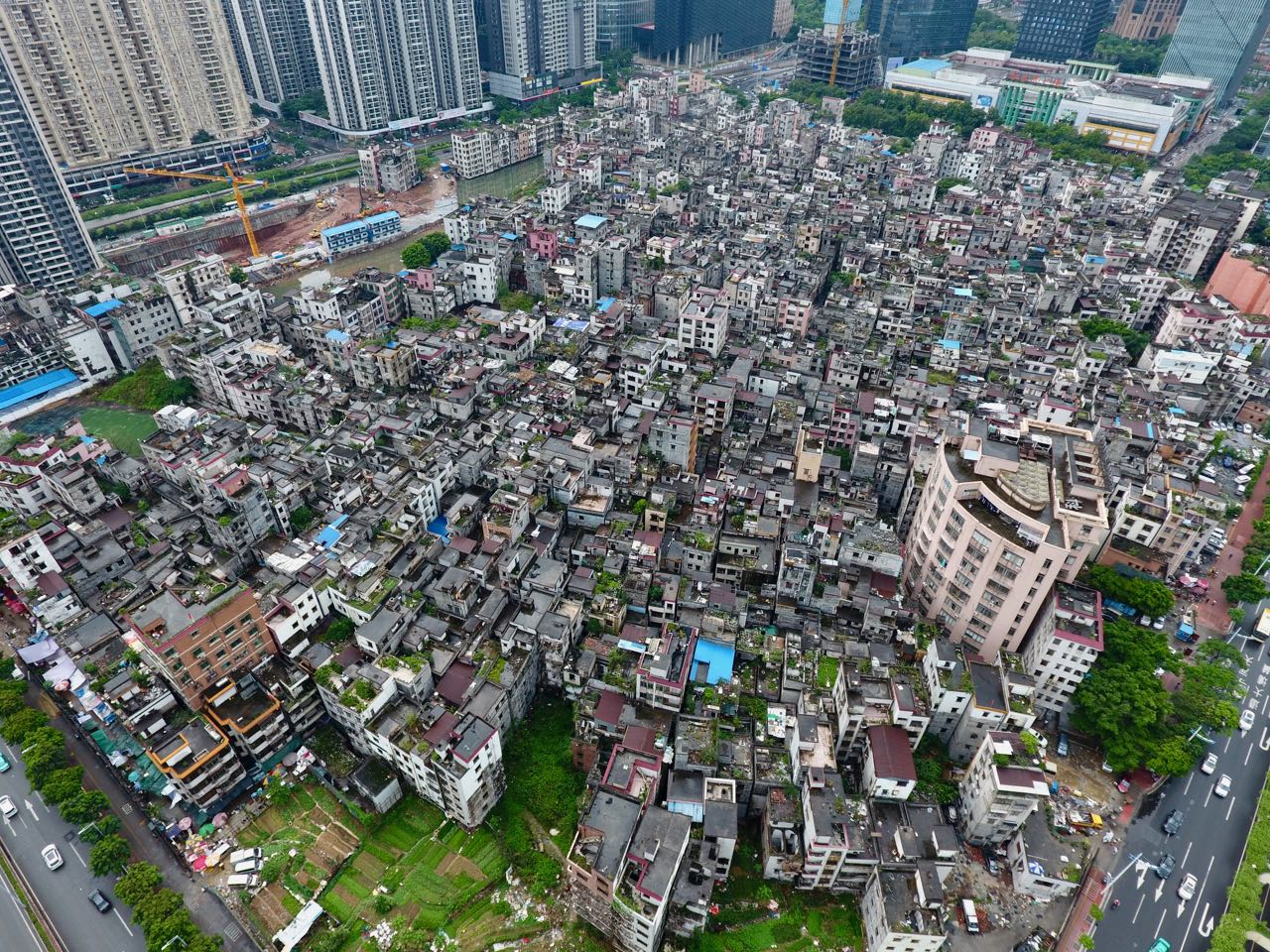Urban villages are some of the most unique, vibrant neighborhoods in the PRD. Narrow alleyways and mom-and-pop shops provide both young graduates and working-class migrants with housing, food and entertainment at affordable prices. Unfortunately, urban villages are also prime targets for redevelopment.
To give an in-depth look at daily life in the 'villages within the city,' we explored two spots in Guangzhou and talked to residents. Here's what we discovered.
Read more about urban villages (and watch a cool drone video of one) in our May cover story.
To read about three Shenzhen urban villages — one of which was founded in 1466 — see our related article here.
Shipai Village

Gazing down from the 17th floor of a nearby hotel, Shipai – Guangzhou’s largest and oldest urban village – seems to stretch for miles, dwarfed by a ring of towering skyscrapers hugging its perimeter.
At 8pm on a Saturday night, 28-year-old Lu Qing has just delivered his last batch of phone screen protectors. He turns from the well-lit Tianhe Lu onto a crowded lane in Shipai scented with malatang and buys two skewers of tofu before leading us deeper into Shipai’s robust nightlife.
He’s taking us to his apartment, hidden in a warren of winding lanes that house Shipai’s signature ‘handshake buildings,’ sometimes called ‘kissing buildings’ given the absurdly tight gap between them.
Lu opens an iron gate and guides us into a stuffy room that’s never known the warmth of natural sunlight. To an outsider, it could be a dungeon, but to Lu, it’s home.
Shipai boasts the highest land price of all urban villages in Guangzhou. Like Lu, most residents here work in the IT industry, at computer cities in Gangding and Tianhe South.

Photo by Tristin Zhang
Just 30 years ago, the area of Shipai was a sea of vegetable patches and tile-roofed houses dating to the Qing dynasty, which were torn down, one by one, by residents like Dong Xiaobo and transformed into seven-story concrete buildings packed with 20 studio apartments.
Dong explains he followed the example of his relatives, who all flattened their historic homes to construct extra rooms that could be rented out to migrant workers.
The number of rebuilt houses continued to multiply between 1981 and 1998, creating what would become Guangzhou’s largest urban village.
Population: 10,000
Area: 0.73 square kilometers
Apartments start at: RMB500-600/month (studio)
Xiancun Village

A team of ‘teqin,’ or special duty officers, enters the village when we do. They’ve been hired to keep order in Xiancun in the time before its demolition. When we enter, it’s not hard to see why.
Inside, the alleys are so narrow that sunlight cannot penetrate all the way to ground level, making it dark as night. Eighty percent of the buildings have been gutted, and most residents have already moved out.
The few remaining villagers have taken up the hobby of watching their homes be destroyed from a lookout point atop a pile of debris on the other side of a manmade pond.

One towering apartment complex has already been constructed where a portion of Xiancun used to lie, a 40-something migrant worker tells us. He won’t be given a room there, of course, since he merely rented in Xiancun and could never afford a new apartment in central Liede, but he understands why the village is being demolished.
“You have to admit, it’s ugly,” he says, squinting at men in red hardhats across the pond. “I know why they have to tear it down, but that just means I’ll have to find another place to live, like Shipai.”
Authorities have wanted to flatten Xiancun to make way for shiny new real estate ever since 2010, when Guangzhou hosted the Asian Games. Despite numerous attempts, however, an agreement on land development and compensation was never reached – until recently, that is.

Photo by NK Chu
While the population of Xiancun used to hover around 40,000, today it likely stands at a few hundred. Soon, its Lego-like four-story abodes will be swept away forever, replaced with shinier, more acceptable versions of home.
Apartments start at: RMB400-500/month (studio)
PHOTOS: Night Inside Zhujiang's Xian Village
Read about more urban villages in the PRD here.
[Images via Jocelyn Richards, Tristin Zhang, NK Chu]






















0 User Comments